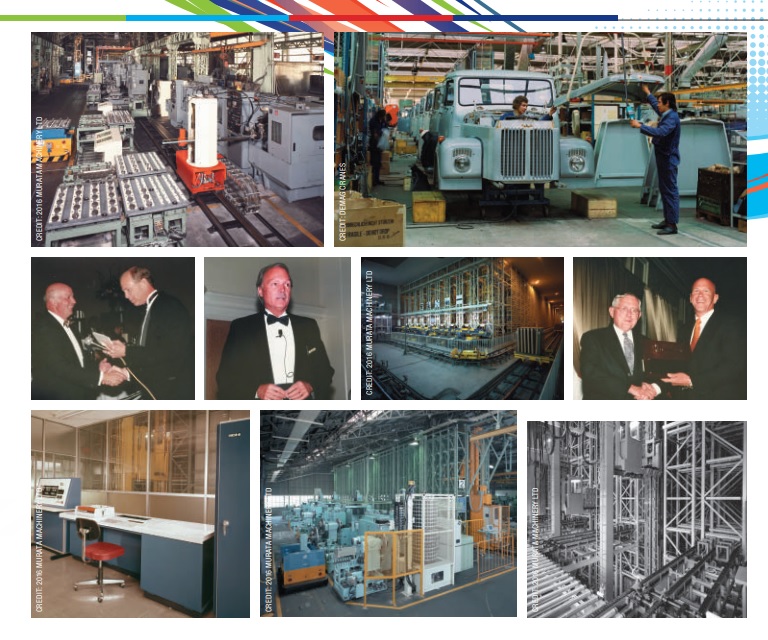MHI Supports Innovation and Brings the Industry Together to Solve Big Challenges

Responding to national and international disruptive events is in the DNA of MHI and its members. From the initial days of the trade association—a group of material handling companies and suppliers working together to unify the transportation of goods to support the American industrial and military communities in World War II—to the support needed during the COVID-19 pandemic, the MHI community has changed and adapted throughout the years to provide services in all times.
“As a nation in the 1930s and 1940s, we were grappling with the challenges of mass production and then World War II forced them to look at mass production and logistics together,” explained John Nofsinger, former CEO of MHI. “These lessons led to the innovations such as four-way pallets along with the redesign of plants and warehouses to accommodate the new ways to organize workflow.”
The willingness of material handling companies to look for better ways to move goods continued well after the war and the official formation of the Material Handling Institute (now known as MHI) in 1945. “There were no words like supply chain and logistics, except in the military, for a very long time,” pointed out Nofsinger. Over time, industry leaders realized that meeting the material handling needs of manufacturing, food and retail industries required an approach that was integrated—not a series of independent activities, he said.
The changes in the material handling industry, MHI and its members happened in small steps that changed from tactical to strategic over the 75 years of the association’s history, said George Prest, CEO of MHI. “Automation was introduced early on with the forklift to move boxes versus people moving them by hand, then World War II’s introduction of the pallet furthered the value of forklifts, racks and conveyors,” he said. “Although the first automated storage and retrieval systems (ASRS) were introduced in the 1960s, it wasn’t until technology evolved to provide the computing power and software controls to make ASRS effective and efficient.”
 MHI Solutions Improving Supply Chain Performance
MHI Solutions Improving Supply Chain Performance